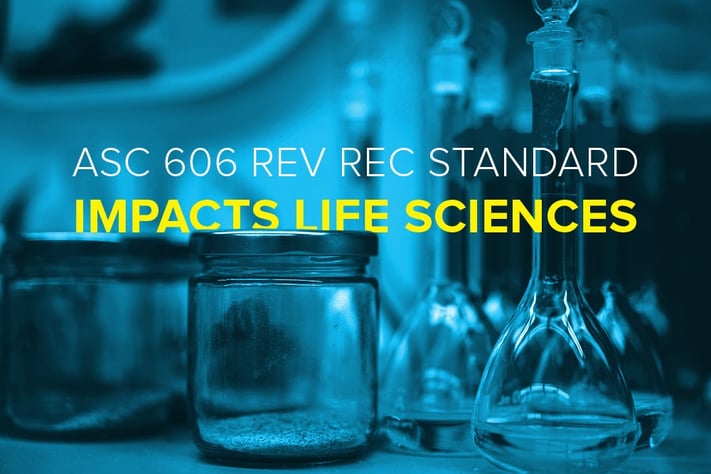Have you ever found yourself wandering through the cavernous halls of an art museum — maybe for a moment of deep introspection, may be to ditch your boss on a particularly unnerving Tuesday afternoon — and stumbled upon a gawking audience surrounding an abstract "masterpiece"?
 Some of those gawkers might see a tumultuous seascape that is speaking on the divisive nature of humanity, while others will swear it's a giraffe eating a quesadilla. While seascapes and giraffes are both lovely, the point is we are affected in different ways by individual ideas and information.
Some of those gawkers might see a tumultuous seascape that is speaking on the divisive nature of humanity, while others will swear it's a giraffe eating a quesadilla. While seascapes and giraffes are both lovely, the point is we are affected in different ways by individual ideas and information.
Your art-loving comrades at Embark not only delight in stretching metaphors to their absolute limits, but also fully recognize a singular set of standards can have differing impacts on different industries. The soon-changing revenue recognition guidelines of ASC 606 are a perfect example of this dynamic.
The Life Sciences Industry Requires a Specific Approach
Case in point, relative to ASC 606, life sciences can be seen as the seascape to other industry's ravenous giraffes. With intellectual property (IP) often serving as the primary asset base for companies in life sciences, particular care should be used in establishing ASC 606 compliance.
Embark recently worked with a biopharmaceutical firm whose primary revenue stream stemmed from issuing licenses on their IP. Given the many specific rules regarding revenue recognition on licenses — including right to use versus right to access — Embark had to roll up our sleeves and dig into these licensing agreements as they are treated very differently than other sources of revenue.
While guidance on ASC 606 might be more consolidated than before, its many segments divided by particular industries — life sciences obviously included – can obscure what is applicable to an individual company. Embark earns its keep by sifting through the voluminous guidance to figure out what applies to an organization’s specific line of business.
Finer Brushstrokes Reveal the True Essence
Since no two companies are alike, it's also important to be deliberate in approach to reveal any outlying revenue sources that don't necessarily fall within an industry's norms. Using the same biopharmaceutical client as an example, a deferred revenue stream from an IP license agreement, in which the IP itself had significant stand-alone functionality, was a relevant source of revenue that we assisted with identifying and helped properly adjust recognition for full ASC 606 compliance.
A less thorough approach than Embark’s would likely miss this revenue and, therefore, possibly create compliance issues either now or in the future. That, of course, is the central theme to this latest dose of good tidings. Companies within specific industries like life sciences need to approach the new revenue recognition standards with particular care.
With our comprehensive process, Embark will always be as thorough as needed, including examination of financial statements and internal controls, to make sure every client – seascapes and giraffes alike – are fully compliant and prepared for the regulatory road ahead.






